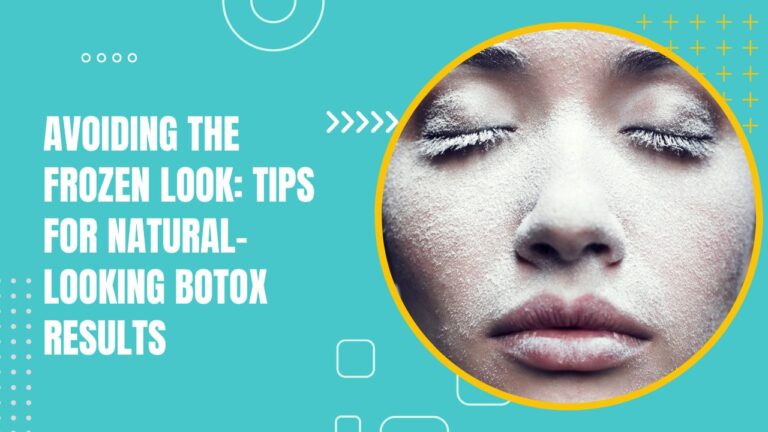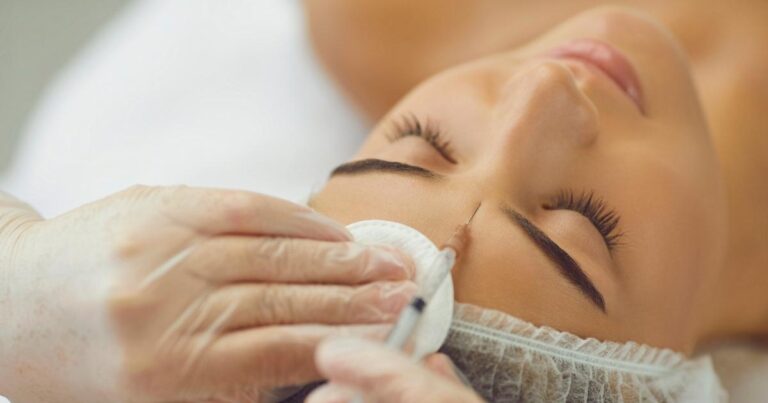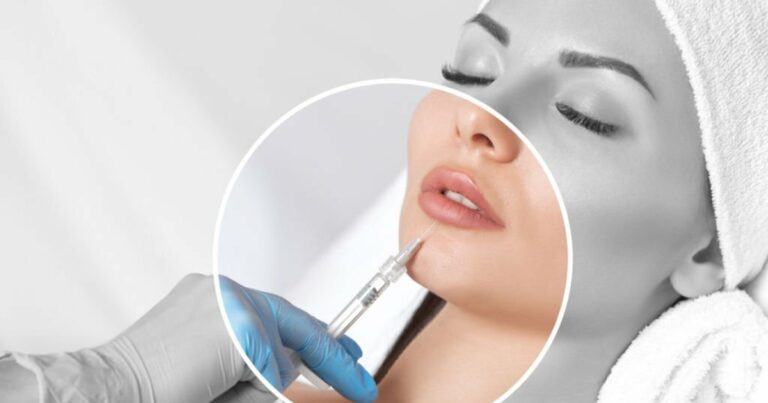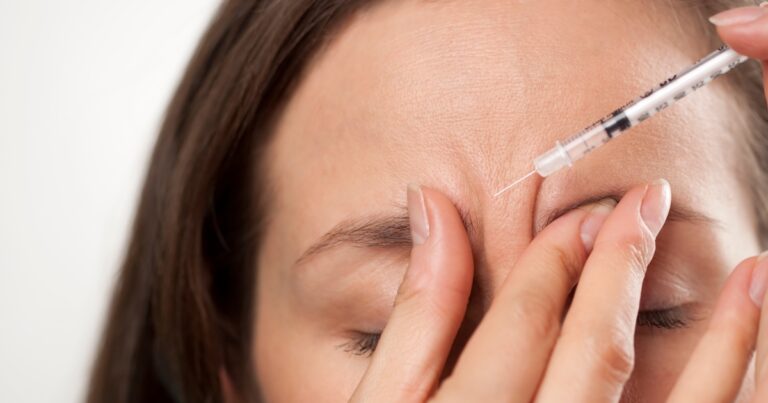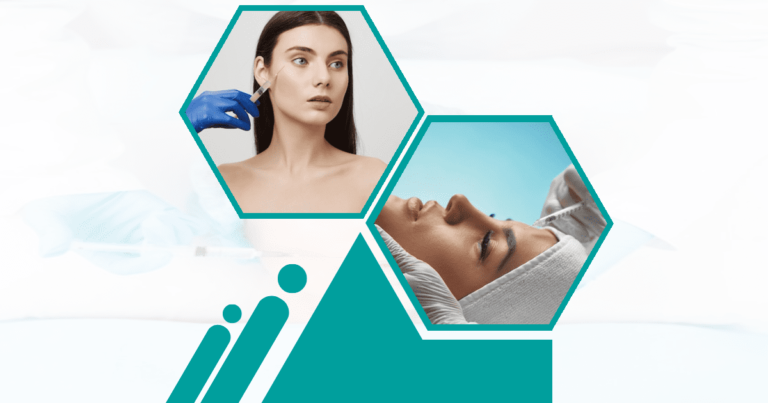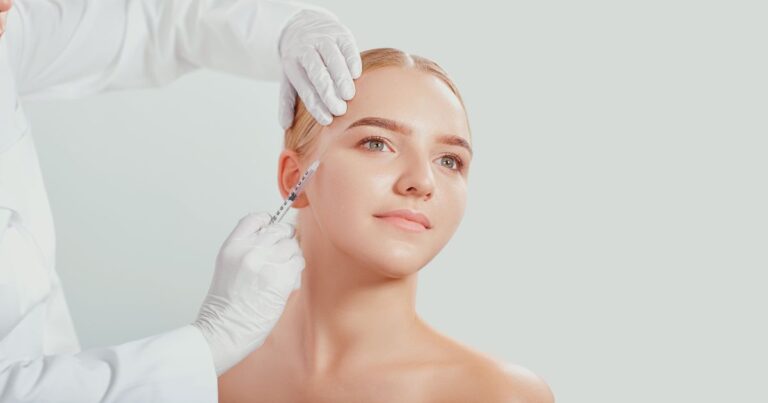Did you know that 90% of changes to the skins are due to photoaging? Exposure to too much sunlight may lead to visible skin changes, such as premature aging. Thus, your aging is not necessarily from getting older. You may have sun damage.This is called photoaging and leads to;
- Skin discolouration
- Skin freckling
- Dry skin
- Extensive wrinkling
- Lichenifcation; skin becomes thick and leathery
- Loss of skin elasticity and collagen
When left untreated, the photoaging impacts increase. Luckily, you can use Botox to stop this. Once infected, Botox blocks your nerve signals for some period. This causes them to relax and eventually soften. You can expect changes 3 to 4 days after treatment. The full results are visible after two weeks.
Unfortunately, a lot of sun damage is permanent. However, a Botox treatment will reduce a certain amount of sun damage that gives you an aged look. Your dermatologist may also recommend combining Botox treatment with other botox procedures for better results. You get a natural and healthy look without appearing like you’ve had cosmetic treatment.
Some of the treatment options that a dermatologist may recommend are;
Book A Consultation With Dr Tarek Bayazid
Top-rated Plastic Surgeon For Botox in Dubai
Installment Plan Available
For Wrinkles
- Botox
- Fillers; Since fillers hydrate and plump up your skin volume, they can fade the facial lines caused by sun exposure.
- Laser resurfacing; This treatment uses a laser to remove old skin layers and stimulates the formation of new skin cells. Healing gives you a younger and tighter look.
- Retinoid application; Retinoid stimulates collagen production, which helps your skin heal from sun damage.
- Moisturizer application
- Microdermabrasion; This procedure reduces sun spots, hyperpigmentation, and lines from sun exposure. A chemical solution exfoliates your skin’s outer layer and revives collagen production.
For loose Skin
- Ultrasound for skin tightening
- Peptides application
- Laser treatments
- Fillers
- Retinoid application
For age Spots
- Retinoid Application
- Microdermabrasion
- Laser resurfacing
Self-care
You should also incorporate sun protection into your daily routine. Even when it’s cold and overcast, you should always have sun protection on your skin. You can ask your doctor to recommend a good sunblock for you. They can also help you decide to go the physical or chemical protection way. If you do not use sun protection, you may not get the best results after a Botox treatment. The sun will continue damaging your skin and you can experience side effects from the treatment.
Apart from using sun protection and Botox, there are other lifestyle changes that you may incorporate to reduce sun damage. You could;
- Wear sunglasses whenever you step out. Wrinkling around the eye is also photoaging.
- Add accessories like hats to your outfit to shield you from the sun.
- Take advantage of evenings and early mornings. Scheduling your activities around this time helps you avoid the intense sun at midday hours.
When using treatment combinations to treat sun damage, your doctor will advise you on the best order. After conducting a thorough assessment, a good doctor will tailor the treatment to your specific needs. For example, if you are to have microdermabrasion after Botox, your doctor may recommend you wait for 24 hours or more. Getting the procedure immediately after the Botox will aggravate the injected area and spread the Botox to unwanted parts.
What to expect
Before your first injection, you’ll go through a consultation with your Botox provider. In the consultation, you will let your provider know your skin goals. Thus, they know the areas to focus on during treatment. Since Botox is a non-surgical treatment, you can have your first injection on the consultation day. As the process is not painful, you do not need anesthesia. However, your doctor may use ice packs or numbing cream to numb the injection areas.
To administer a Botox shot, your provider will clean the application area and inject it with a fine needle. If your sun damage is severe, you may need several injections. Your provider may ask you to move your facial muscles to find the best injection sites. This may involve smiling, frowning, squinting, and other facial expressions.
After an injection, it is best to stay away from alcohol for about a week. Your provider may also ask you to avoid anti-inflammatory medication such as ibuprofen two weeks before the injection. This will limit bruising.
Once you get the treatment, d not expose your skin to too much sunlight. By limiting sun exposure, you limit skin stretching and sagging. Doctors do not recommend activities like sunbathing immediately after a Botox treatment. Some other things you should avoid are;
- Exercise; While activities that increase your blood flow are healthy, it is recommended that you wait 24 hours after getting Botox. Such activities may cause Botox to migrate to other parts and cause effects such as drooping eyelids or eyebrows.
- Too much exposure to heat; The sun is a source of heat; you should avoid it until all the redness and swelling is over.
- Lying face down: You may be tired and sore after the treatment. However, you should avoid lying down on your face as it may spread the toxin or cause bruising to the injection part.
- Massage; It’s best to stay away from massages for a week after getting Botox. The toxins may move past the targeted muscle groups as you put your head in the massage cradle. If you get a treatment on your forehead, avoid headbands, hats, or anything that may compress the area for 48 hours.
It’s never too late to begin your sun damage rehabilitation journey. When you progress in your treatments, you only need two injections per year due to the cumulative effect. Besides the aging effect, sun exposure can lead to more serious issues like skin cancers. Therefore, do not hesitate to schedule an appointment with Dr. Tarek Bayazid. He will assess the extent of the damage and give you the best treatment plan. Reach out today and get a quote to start your skin healing journey.


